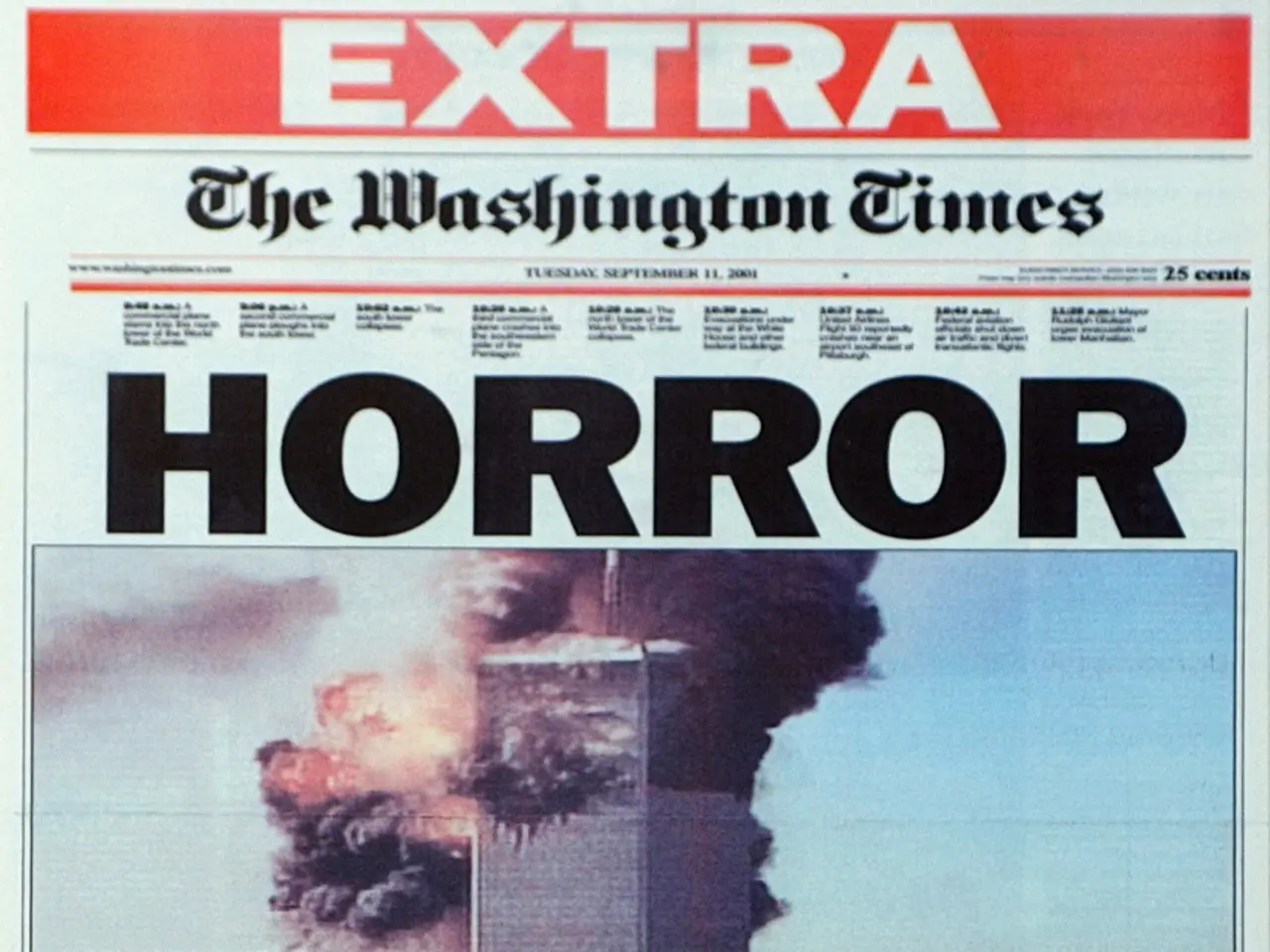Trump grants Mexico a 90-day reprieve from tariffs, with a looming deadline for increased duties approaching
As the deadline for President Trump's tariff decisions approaches, negotiations with various countries are ongoing.
The run-up to Trump's tariff deadline is unfolding, with the administration extending tariffs on Mexican imports for an additional 90 days until October 30, 2025. This decision was made after a phone conversation between President Trump and Mexican President Claudia Sheinbaum. The extension maintains the previous tariff levels, including a 25% tariff on cars, 50% tariff on steel, aluminum, and copper, and a 25% fentanyl tariff [1][2].
For Mexican goods not compliant with the USMCA (United States-Mexico-Canada Agreement), a 25% tariff currently applies, and this remains unchanged during this extension period [2]. Most North American trade, including energy commodities, continues to be covered by the USMCA and thus largely exempted from these extra tariffs [2].
Meanwhile, the UK has a formal agreement that maintains tariffs at 10% after August 1. The EU, Japan, and South Korea are yet to formalize deals, which would raise their tariff rates to around 15% effective August 1 [1]. Indonesia and Vietnam face tariffs set at 19% and 20%, respectively, starting August 1 [1]. A 50% tariff has been unilaterally imposed by the U.S. on imports from Brazil, effective August 6, excluding sectors such as aircraft, energy, and orange juice [1].
The U.S. has a potential 30% tariff on imports from China in assessment, with a potential increase to 54% scheduled for August 10. However, this deadline may be extended [1]. Canada, India, and Taiwan have not negotiated preliminary deals as of early August 2025, and Canada currently faces a 25% tariff on non-USMCA-covered goods, with risks for even higher tariffs due to political issues [2][4].
Goods from India appeared to be headed for a 25% tariff after talks bogged down over access to India's agriculture sector [1]. The federal appeals court is questioning Trump's use of a sweeping emergency powers law to justify his tariffs [1]. Trump invoked the 1977 International Emergency Economic Powers Act to justify his tariffs [1].
In a positive development, Mexico has agreed to immediately terminate its Non-Tariff Trade Barriers, according to Trump [1]. U.S. Treasury Secretary Scott Bessent believes the U.S. has the makings of a trade deal with China, but it is not yet 100% done [1]. U.S. Appeals Court judges have shown skepticism towards Trump's use of emergency powers to justify tariffs [1].
As the tariff deadline approaches, the global trade landscape continues to evolve, with negotiations ongoing and tariff decisions being made.
[1] White House press release, August 1, 2025. [2] U.S. Trade Representative press release, August 1, 2025. [3] Court of International Trade ruling, May 2025. [4] Congressional Research Service report, July 2025.
- The ongoing negotiations between the United States and various countries are influencing the future of global culture, as tariff decisions affect the price and availability of imported goods, including food and automotive items.
- In the realm of sports, the potential impacts of tariffs on equipment materials such as steel and aluminum could alter their costs and, consequently, the accessibility of sports participation for individuals and organizations.
- Health concerns may arise due to higher prices for imported medical equipment and supplies, as increased tariffs could strain overall healthcare expenditures for households and governments.
- The business sector, especially manufacturing and energy companies, are closely watching the tariff landscape to assess the potential effects on their operations, profits, and growth in the face of shifting trade policies.
- As the tariff deadline comes closer, arguments over policy-and-legislation and political ideologies around international trade are prominent in domestic and general news, with many analysts warning of potential long-term consequences for economic stability and industrial growth.




